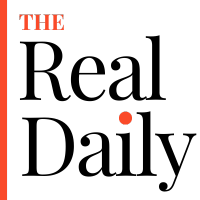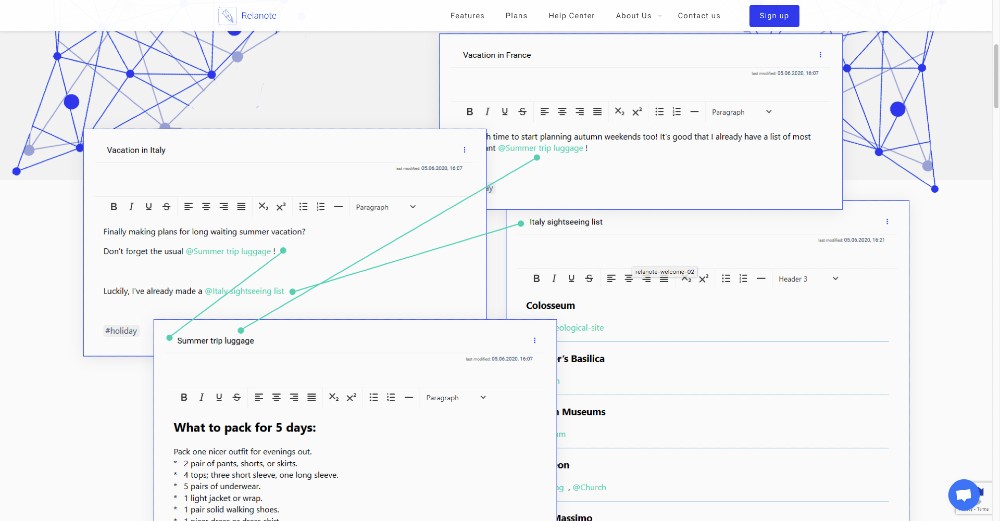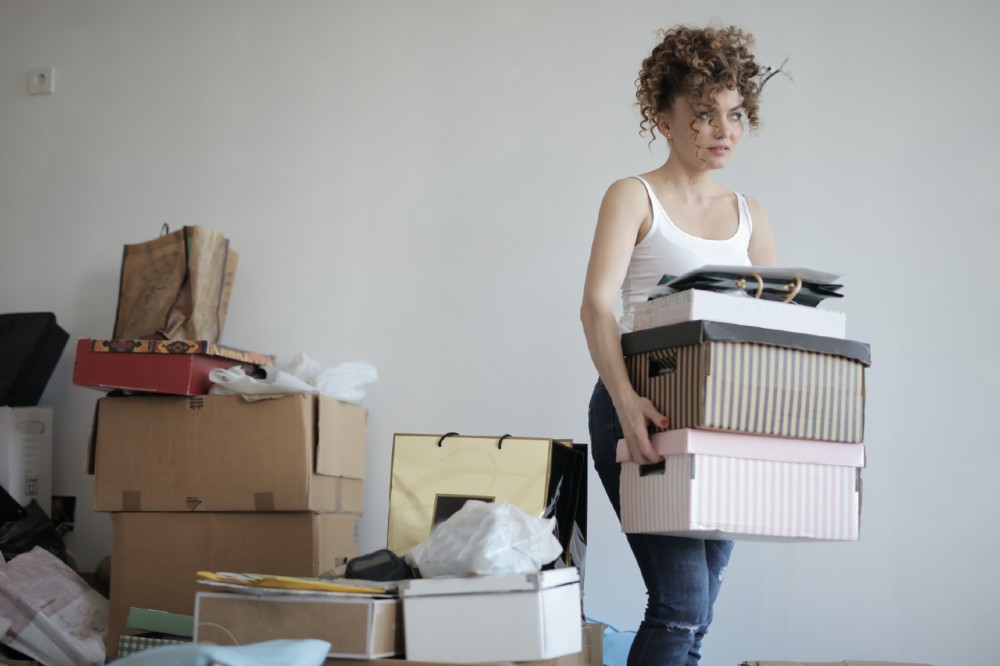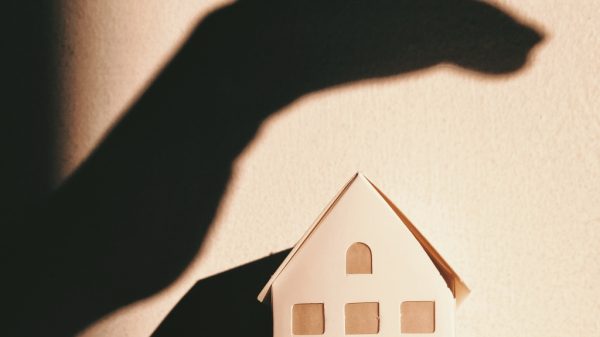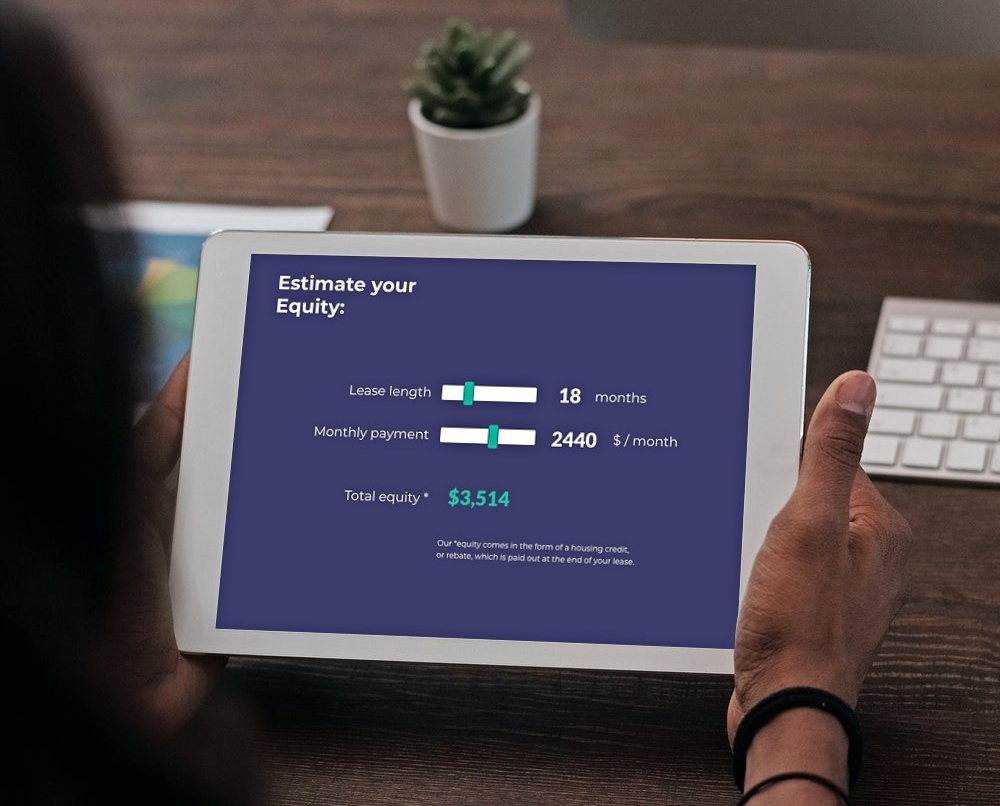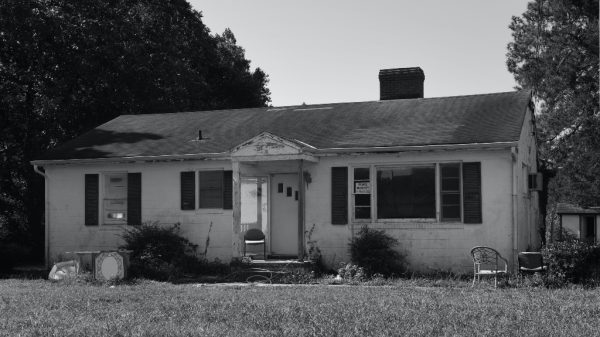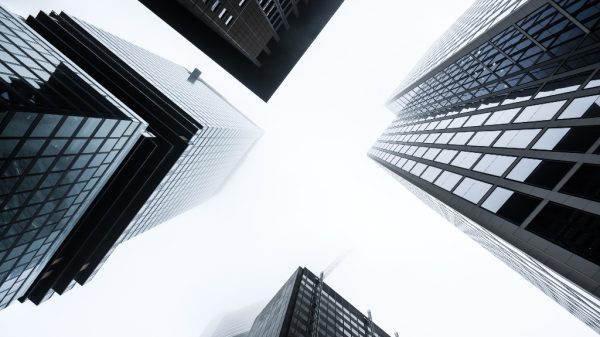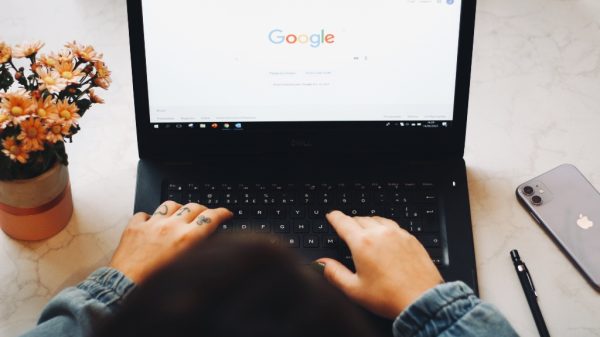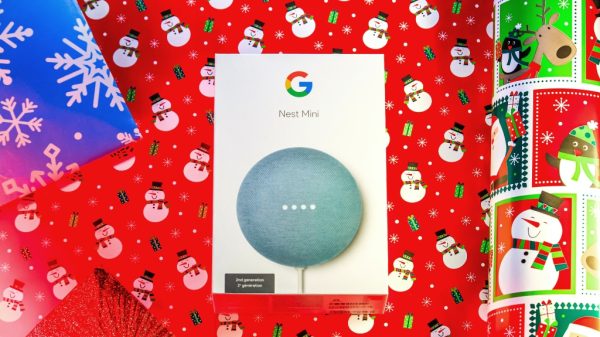As a Realtor, you are tasked with both creating a positive customer service experience AND continuing to be innovative. While one aspect relies on continuity, the other is adaptation-based; therefore, balancing the two can be a steep challenge. Staying ahead of the competition requires you to develop revolutionary techniques and pitches in both fields. For this reason, you should consider adding potential for sustainability in the form of solar panels to your repertoire.
Google Maps instated a service called Project Sunroof that allows you to see exactly which houses, neighborhoods, and general properties are solar panel compatible. Additionally, the function lets you see approximately how many hours of useable sunlight you will have per year, as well as how many square feet are available for customization.
Quick video demo of Project Sunroof:
Solar panels still belong to a medium of sustainable energy that is shrouded in mystery (if not shadow). Terrestrial use is tentative, at best; however, a combination of increased awareness regarding climate change and a common desire to save money makes the notion of domestic solar panels an easy pitch for the right realtor.
There is a definitive market for sustainable living, but it tends to be cliquish and exclusive. Energy snobs can end up settling for the ideal home in a less-than-ideal location, simply because these dwellings are relatively few and far between. Solar panel installation could be the olive branch that bridges the gap between clean energy and optimal living.
In the interest of catering to clientele, you might use Google Maps’ solar panel feature to persuade them of the aforementioned gap. Showing them the possibilities for customization could be a huge benefit to you and your client alike; your properties see growth, and your clients are satisfied.
You can also look at potential ways to collaborate with the companies providing the panel services, thereby opening up ways to monetize the experience. Be sure to point out that the initial cost, while large (around $20,000 for installation), is generally offset by the end result: huge savings in energy expenses.
Jack Lloyd has a BA in Creative Writing from Forest Grove's Pacific University; he spends his writing days using his degree to pursue semicolons, freelance writing and editing, oxford commas, and enough coffee to kill a bear. His infatuation with rain is matched only by his dry sense of humor.
